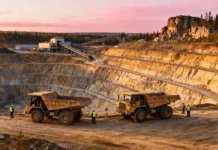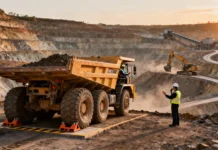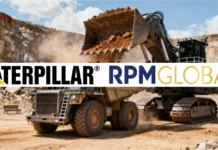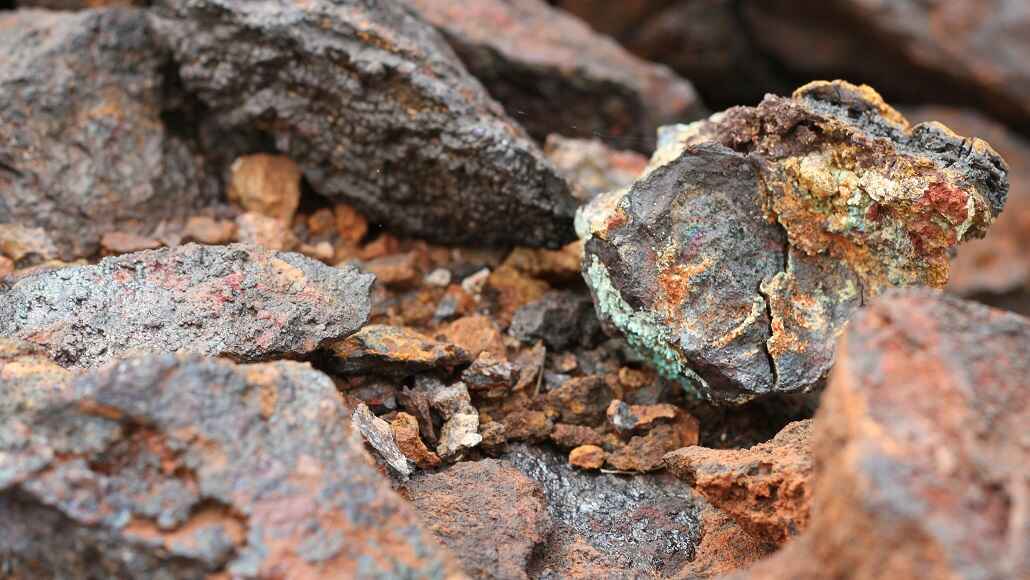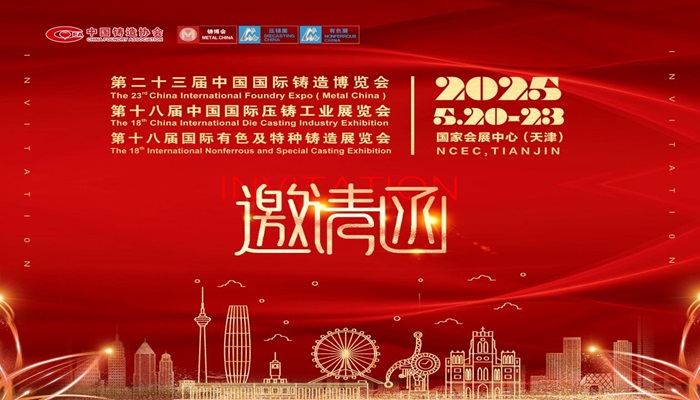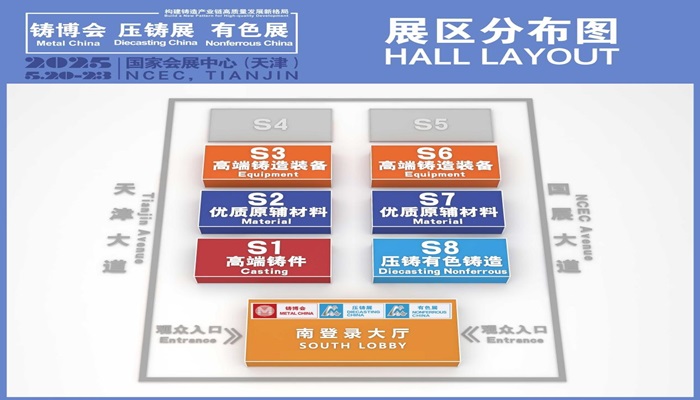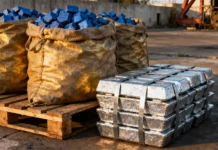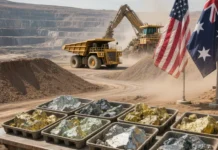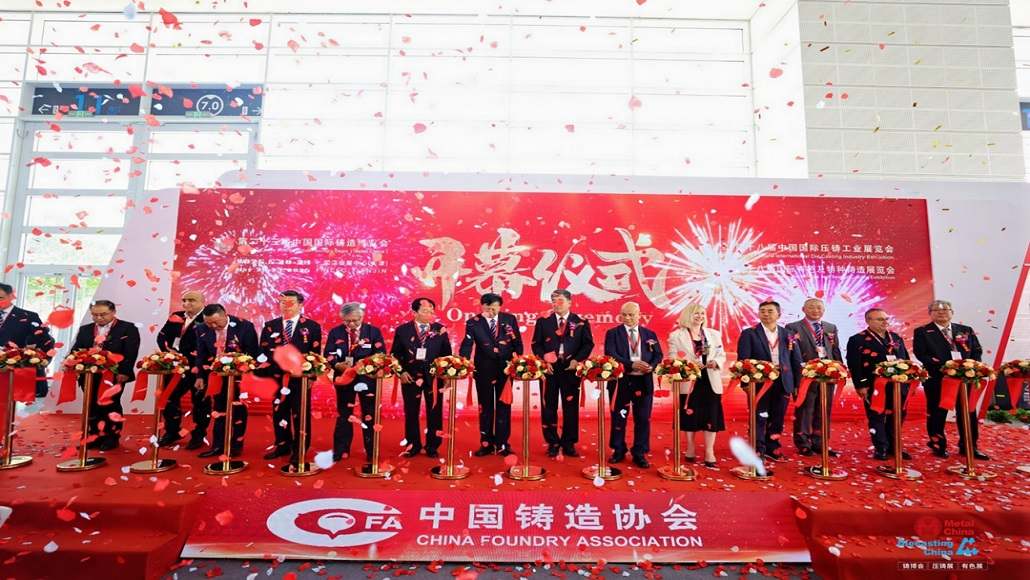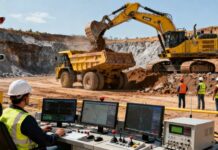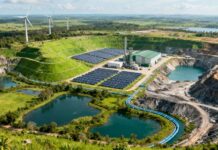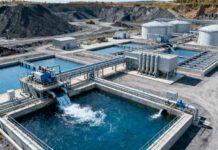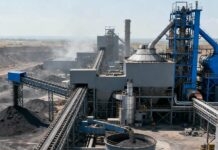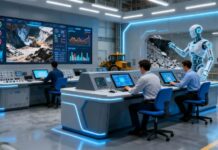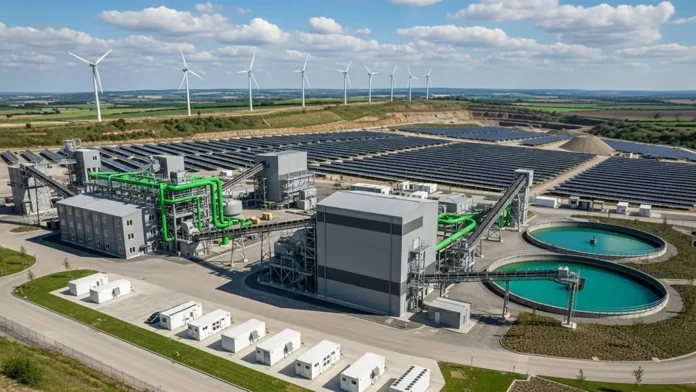The mining industry stands at a transformative crossroads where environmental imperatives converge with technological innovation to redefine operational paradigms. As global climate commitments intensify and regulatory frameworks tighten, low-carbon mineral processing emerges as both an operational necessity and strategic competitive advantage that will determine industry leadership in the coming decades.
Decarbonization in mining encompasses far more than simple emission reduction strategies. This comprehensive transformation requires fundamental reimagining of energy systems, processing methodologies, and operational philosophies that have defined mining operations for centuries. The integration of renewable energy sources, advanced process technologies, and intelligent optimization systems creates pathways toward sustainable mineral production that meets growing global demand while achieving aggressive climate targets.
The urgency of this transformation cannot be overstated. Mining operations currently contribute four to seven percent of global greenhouse gas emissions, with projections indicating substantial increases in mineral demand driven by renewable energy infrastructure development. The International Energy Agency forecasts fifty percent increases in copper demand, doubling of nickel and cobalt requirements, and eightfold growth in lithium needs by 2040, creating unprecedented pressure to scale production while simultaneously reducing environmental impact.
Advanced Energy Efficient Processing Systems
Energy efficient processing represents the cornerstone of mining decarbonization, offering immediate emission reductions while improving operational economics. Contemporary processing facilities consume fifteen to forty percent of total operational expenses in energy costs, creating compelling business cases for efficiency improvements that deliver both environmental and financial benefits.
High-pressure grinding rolls have emerged as transformative technologies that reduce energy consumption by twenty to thirty percent compared to traditional ball mills while improving mineral liberation and recovery rates. These systems utilize precise pressure application to fracture ore particles along natural grain boundaries, requiring significantly less energy than conventional crushing and grinding circuits. Implementation across multiple mining operations demonstrates consistent performance improvements alongside substantial energy savings.
Stirred milling technologies represent another significant advancement in energy efficient processing. These systems achieve ultra-fine grinding with sixty percent less energy consumption than conventional ball mills through innovative design approaches that maximize grinding efficiency while minimizing heat generation and steel media consumption. Advanced automation systems optimize grinding parameters continuously, ensuring optimal particle size distribution while maintaining minimal energy input requirements.
Waterless ore processing technologies eliminate energy-intensive water heating and pumping requirements while reducing environmental impact. Dry magnetic separation, pneumatic classification, and electrostatic separation systems process ores without water, dramatically reducing energy consumption and eliminating liquid discharge concerns. These technologies prove particularly valuable in arid regions where water scarcity compounds operational challenges.
Clean Extraction Processes Innovation
Clean extraction processes fundamentally transform how valuable minerals are separated from host rock, utilizing advanced chemistry and biotechnology to minimize environmental impact while maintaining high recovery rates. These innovative approaches replace traditional chemical-intensive processes with environmentally compatible alternatives that reduce both emissions and waste generation.
Bio-leaching technologies harness naturally occurring microorganisms to extract metals from ores without harsh chemical solvents. These biological processes operate at ambient temperatures and pressures, eliminating energy-intensive heating requirements while producing minimal waste streams. Recent developments in engineered bacterial strains improve extraction rates while reducing processing times, making bio-leaching commercially competitive with conventional hydrometallurgical approaches.
Ionic liquid extraction represents a revolutionary advancement in clean processing technology. These designer solvents provide highly selective metal extraction capabilities with exceptional recyclability and minimal environmental impact. Unlike conventional organic solvents, ionic liquids exhibit negligible vapor pressure, eliminating volatile organic compound emissions while enabling closed-loop processing systems that minimize reagent consumption.
Electrochemical processing technologies utilize renewable electricity to drive metal extraction reactions, eliminating combustion-based heating requirements while enabling precise process control. Molten oxide electrolysis systems can produce metals using only electrical energy, with carbon footprints determined entirely by electricity sources. Integration with renewable energy systems enables virtually carbon-neutral metal production for appropriate ore types.
Advanced hydrometallurgical circuits incorporate process intensification principles to reduce energy consumption and chemical usage while improving metal recovery. Continuous processing systems, enhanced mass transfer equipment, and optimized reaction conditions deliver superior performance in compact footprints that require minimal infrastructure investment.
Green Mineral Processing Technologies
Green mineral processing technologies encompass comprehensive approaches that optimize environmental performance across entire processing circuits. These integrated systems combine renewable energy, advanced automation, and circular economy principles to create sustainable processing operations that minimize waste while maximizing resource recovery.
Renewable energy integration represents the most impactful decarbonization strategy available to mining operations. Solar photovoltaic systems, wind turbines, and battery storage installations can supply up to fifty percent of processing facility energy requirements, dramatically reducing fossil fuel dependence while lowering long-term energy costs. Power purchase agreements enable mining companies to access renewable energy without substantial capital investments, accelerating adoption while providing cost predictability.
Hybrid energy systems combine renewable generation with conventional power sources and energy storage to ensure reliable operations while maximizing clean energy utilization. Advanced energy management systems optimize power source utilization based on renewable availability, operational requirements, and energy costs, ensuring maximum efficiency while maintaining operational reliability.
Process electrification eliminates direct combustion emissions by replacing fossil fuel powered equipment with electric alternatives. Electric haul trucks, underground mining vehicles, and processing equipment reduce on-site emissions while improving operational efficiency through enhanced control capabilities and reduced maintenance requirements. Battery technology advances enable practical electrification of previously diesel-dependent operations.
Waste heat recovery systems capture thermal energy from processing operations for productive use throughout facilities. Heat exchangers, thermal storage systems, and organic Rankine cycles convert waste heat to useful energy, reducing overall energy consumption while improving process efficiency. Integration with district heating systems extends waste heat utilization beyond immediate processing requirements.
Low Emission Mining Technology Implementation
Low emission mining technologies address emission sources throughout entire mining value chains, from extraction through processing to product delivery. These comprehensive approaches recognize that effective decarbonization requires system-wide optimization rather than isolated improvements in individual operations.
Autonomous equipment systems optimize operational efficiency while reducing fuel consumption through precise route planning, load optimization, and predictive maintenance. Artificial intelligence algorithms continuously improve operational parameters, reducing energy consumption per ton of processed material while maintaining productivity targets. Fleet management systems coordinate equipment activities to minimize empty hauls and optimize energy utilization.
Carbon capture and storage technologies integrate with processing operations to capture carbon dioxide emissions for permanent sequestration or beneficial utilization. Post-combustion capture systems retrofit existing facilities while pre-combustion approaches integrate with new installations. Utilization pathways convert captured carbon into valuable products, creating revenue streams that improve project economics.
Alternative fuel systems replace conventional diesel with lower-carbon alternatives including renewable diesel, hydrogen, and synthetic fuels produced from renewable energy. Hydrogen fuel cells provide zero-emission power for mobile equipment while offering performance characteristics comparable to conventional engines. Infrastructure development programs support alternative fuel adoption through refueling network establishment.
Process optimization software utilizes artificial intelligence and machine learning to continuously improve operational efficiency across entire processing circuits. These systems analyze operational data in real-time, identifying optimization opportunities and implementing adjustments automatically to maintain optimal performance while minimizing energy consumption.
Decarbonization Pathways and Implementation
Successful decarbonization requires strategic planning that balances immediate emission reductions with long-term transformation objectives. Phased implementation approaches enable mining companies to achieve near-term targets while building capabilities for comprehensive decarbonization over longer time horizons.
Phase one implementations focus on quick wins that deliver immediate emission reductions with favorable economic returns. Energy efficiency improvements, renewable energy procurement, and operational optimization typically provide two to five year payback periods while establishing foundations for advanced decarbonization strategies. These early actions demonstrate commitment while building organizational capabilities and stakeholder confidence.
Technology integration phases combine multiple decarbonization technologies to achieve deeper emission reductions. Electrification programs, advanced processing systems, and integrated renewable energy installations require longer implementation periods but deliver substantial emission reductions alongside operational improvements. Strategic partnerships with technology providers accelerate deployment while sharing implementation risks.
Long-term transformation phases pursue breakthrough technologies and comprehensive system redesign to achieve net-zero operational targets. Hydrogen systems, carbon capture installations, and revolutionary processing technologies require significant investment and extended development periods but enable industry-leading environmental performance. These initiatives position mining companies for long-term competitive advantage while contributing to global climate objectives.
Supply chain decarbonization extends beyond direct operations to encompass upstream and downstream emission sources. Supplier engagement programs, product life-cycle optimization, and collaborative industry initiatives address scope three emissions that often represent the majority of total carbon footprints. These comprehensive approaches maximize overall emission reductions while strengthening value chain partnerships.
Economic and Competitive Advantages
Decarbonization investments deliver substantial economic benefits that extend well beyond emission reduction compliance. Early adopters establish competitive advantages through reduced operating costs, enhanced market positioning, and improved access to capital that increasingly prioritizes environmental performance.
Energy cost reductions represent immediate and ongoing benefits from decarbonization investments. Renewable energy systems provide long-term cost stability while protecting operations from fossil fuel price volatility. Energy efficiency improvements reduce total consumption requirements, multiplying savings from any energy source. Combined strategies typically reduce energy costs by twenty to forty percent while improving operational predictability.
Carbon pricing mechanisms increasingly impact mining economics through direct fees, cap-and-trade systems, and supply chain requirements. Proactive decarbonization positions companies advantageously under current and anticipated carbon pricing regimes while avoiding potential stranded asset risks from delayed action. Early emission reductions generate maximum economic value under progressive carbon pricing systems.
Market access benefits include preferential supplier status with customers implementing scope three emission reduction programs. Automotive manufacturers, technology companies, and infrastructure developers increasingly prioritize low-carbon material sources, creating premium markets for sustainably produced minerals. These market premiums often exceed decarbonization investment costs, generating positive returns while building long-term customer relationships.
Investment attractiveness improves significantly for mining companies demonstrating credible decarbonization progress. Environmental, social, and governance focused investors control increasing proportions of available capital, making environmental performance crucial for accessing favorable financing terms. Sustainability-linked financing instruments provide additional capital cost benefits for companies meeting predetermined decarbonization targets.
The transformation toward low-carbon mineral processing represents both challenge and opportunity for mining companies worldwide. Those that embrace comprehensive decarbonization strategies position themselves for long-term success while contributing meaningfully to global climate objectives. Through strategic integration of advanced technologies, renewable energy systems, and operational optimization, the mining industry can achieve the seemingly contradictory goals of increased production and reduced environmental impact.
This transformation requires sustained commitment, strategic investment, and collaborative innovation, but delivers returns that encompass financial performance, competitive positioning, and environmental stewardship. As regulatory pressure intensifies and stakeholder expectations evolve, low-carbon mineral processing will transition from competitive advantage to operational necessity, defining the future of sustainable mining operations globally.



